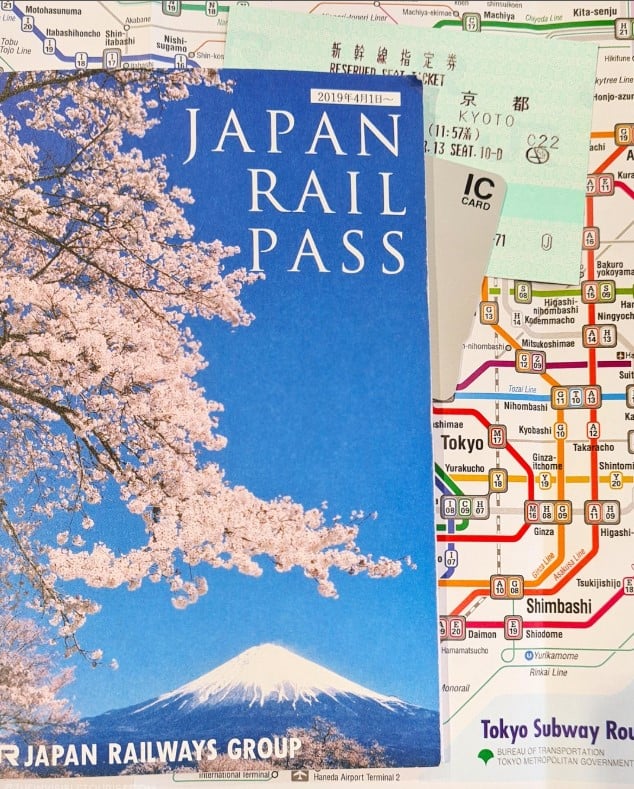Contenido de la página
Changes to Japan Rail Pass Make It Fall Out of Favour with Travellers 2025
Ticket Changes
The recent modifications to the Seishun 18 Ticket have significantly altered its appeal. Historically, this pass allowed unlimited rides on local and rapid JR trains, as well as BRT highway buses throughout Japan.
Passengers could utilize it on any five days within specific seasonal periods, which aligned with school holidays in spring, summer, and winter.
With the new rules, the flexibility has diminished. Now, the ticket can only be used for five consecutive days.
This restriction removes the leisurely aspect that many travelers used to enjoy. The essence of “seishun,” which symbolizes youthful freedom and adventure, feels stifled by these changes.

While it remains available to individuals of all ages, the revised conditions don’t cater well to those balancing work commitments with travel.

Accessibility for Different Traveler Groups
The ticket’s redesign appears to favor younger generations who can take advantage of it during school breaks. For regular commuters who often rely on such passes to explore new destinations on weekends, the current limitations are impractical.
The emphasis on consecutive days conflicts with many work schedules, making the pass less useful.
Another adjustment involves the ticket’s usage policy. Previously, it allowed for multiple users—enabling two people to share their travel days.
Today, it’s exclusively non-transferable, meaning only the ticket holder can travel. This impacts the accessibility of affordable travel for families or couples, as they would need to purchase two passes to enjoy the same journey.
New Pass Options
In response to these shifts, Japan Rail has introduced an additional three-day pass option. It offers some flexibility at a slightly reduced price compared to the five-day option.
The three-day limit still requires careful planning around work commitments. Some might consider a long weekend, but that typically means facing larger crowds on trains.
Here’s a summary of the new ticket options:
| Pass Type | Duración | Costo |
|---|---|---|
| Five-day Pass | 5 consecutive days | 12,050 yen (US$80) |
| New Three-day Pass | 3 consecutive days | 10,000 yen |
Ticket Processing Changes
Another pivotal shift is the operational change at turnstiles. Instead of needing staff to stamp tickets at entry, holders can now insert their tickets directly into the turnstiles.
While this might streamline operations and mitigate congestion, it leaves behind the charm that stamped tickets once offered. The colorful stamps were reminders of travels, marking milestones and experiences along the journey.
Now, the ticket itself seems bland, lacking the character that personalizes travel experiences. For many, the joy in seeing a stamp from various locations was a source of pride.
The ability to recall a 19-hour journey by observing stamps from Tokyo to Fukuoka held sentimental value, which the current ticketing system has stripped away.
Mixed Reactions on User Experience
Feedback on the new ticketing system is mixed. Some appreciate the ease of passing through gates without delays, while others feel that it falls flat compared to the ticket’s previous advantages.
The old approach of planning extended trips with flexibility allowed for exploration of multiple regions, but that concept has faded. Now, with strict timeframes imposed, there is a loss of spontaneity in travel, which was once a defining trait of using the pass.
Many travelers have voiced concerns. Petitions have blossomed, calling for a return to the former terms of the pass.
Although it may not lead to immediate changes, there’s hope that declining sales will prompt rail operators to reconsider their approach.
The Future of Train Travel
As it stands, the changes to the Seishun 18 Ticket signify a broader shift in Japan’s approach to rail travel. The essence of adventure that once defined these journeys seems to be overshadowed by a push for efficiency.
The emphasis on consecutive travel days over leisurely exploration presents a challenge for many. Flexibility in travel has always been appealing for its capacity to cater to a variety of touring styles.
Balancing this with operational efficiency is essential. With enough feedback from users, a more accommodating solution may emerge that embraces the spirit of exploration that the ticket once encouraged.
Lea también:
Nuevo Japan Rail Pass: Viaje ilimitado de una semana para ver los cerezos en flor
Cost To Climb Mt Fuji Doubles And Hikers To Pass Test Before Getting On The Trail In 2025
Mis escritos se centran en los diversos aspectos del estilo de vida japonés, desde las ceremonias tradicionales del té y los arreglos florales hasta las tendencias modernas de la moda y la cultura pop. Con mis artículos pretendo compartir mi pasión por Japón y ofrecer a los lectores una visión del rico y diverso mundo de la cultura japonesa.
Creo que la clave para entender el estilo de vida japonés es apreciar el equilibrio entre tradición e innovación. Aunque Japón tiene un rico patrimonio cultural que se remonta a siglos atrás, también es un país que evoluciona constantemente y adopta nuevas ideas y tecnologías.
Tanto si te interesa conocer las últimas tendencias de la moda en Tokio como si quieres explorar el antiguo arte de la caligrafía, mis escritos te llevarán de viaje por las múltiples facetas del estilo de vida japonés. Acompáñame a explorar juntos la belleza y la complejidad de esta fascinante cultura.





